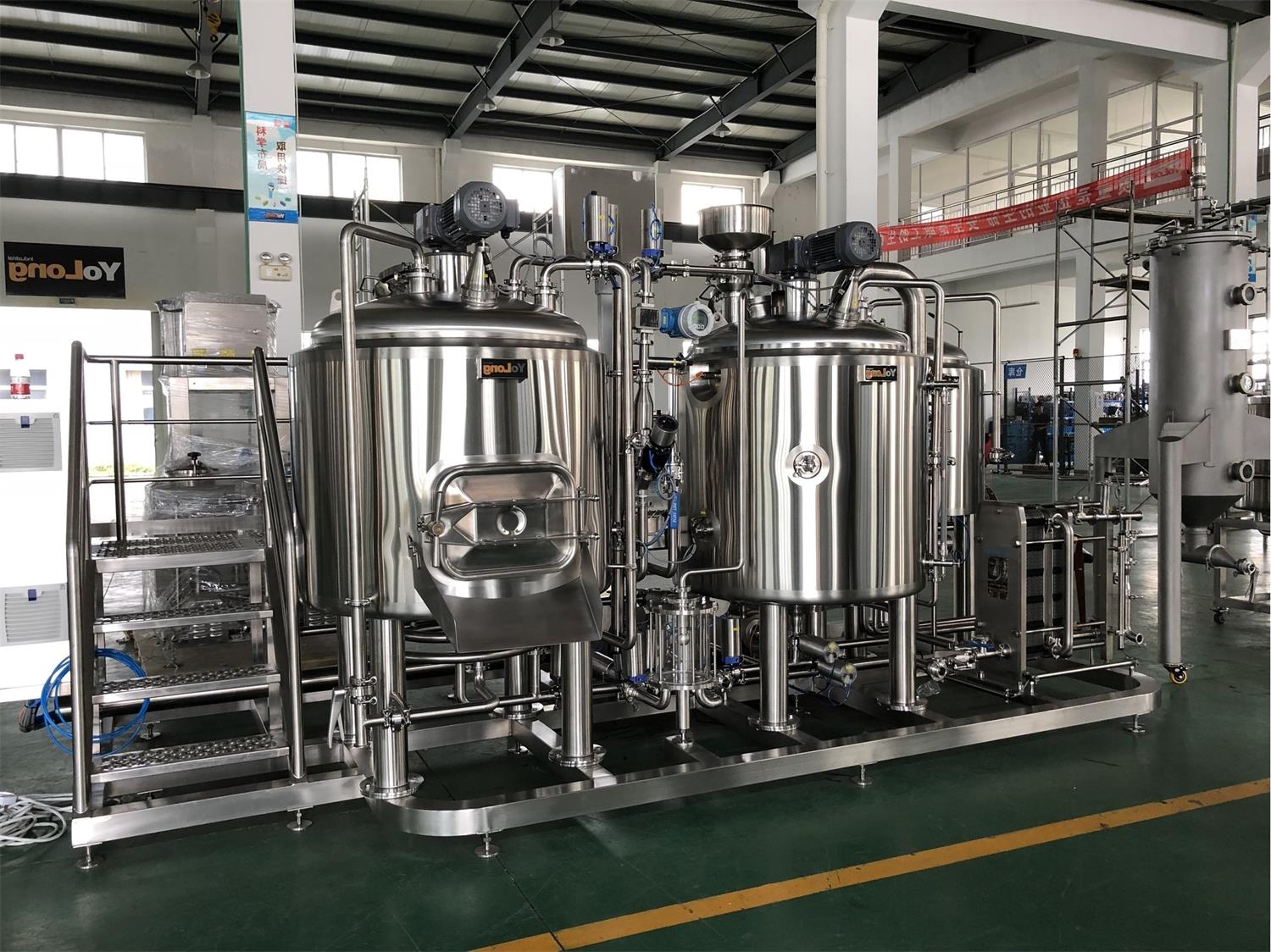Fermentation Vessel
Fermentation vessels are the heart and soul of brewing, winemaking, and countless fermentation processes. Without them, creating beer, wine, kombucha, or other fermented delights would be impossible. But what exactly are they, and how do they work? Let’s dive deep into the world of fermentation vessels, exploring their types, functionalities, benefits, and more, in this comprehensive guide.
Overview of Fermentation Vessels
Fermentation vessels are containers specifically designed to house the fermentation process. They provide the controlled environment necessary for microorganisms like yeast and bacteria to convert sugars into alcohol, acids, or gases. From traditional wooden barrels to high-tech stainless steel tanks, these vessels come in all shapes, sizes, and materials to suit different brewing needs.
The choice of fermentation vessel can influence the quality of the end product. For example, some materials impart unique flavors, while others provide airtight conditions to avoid contamination. Whether you’re a homebrewer or an industrial producer, understanding fermentation vessels is crucial for perfecting your craft.
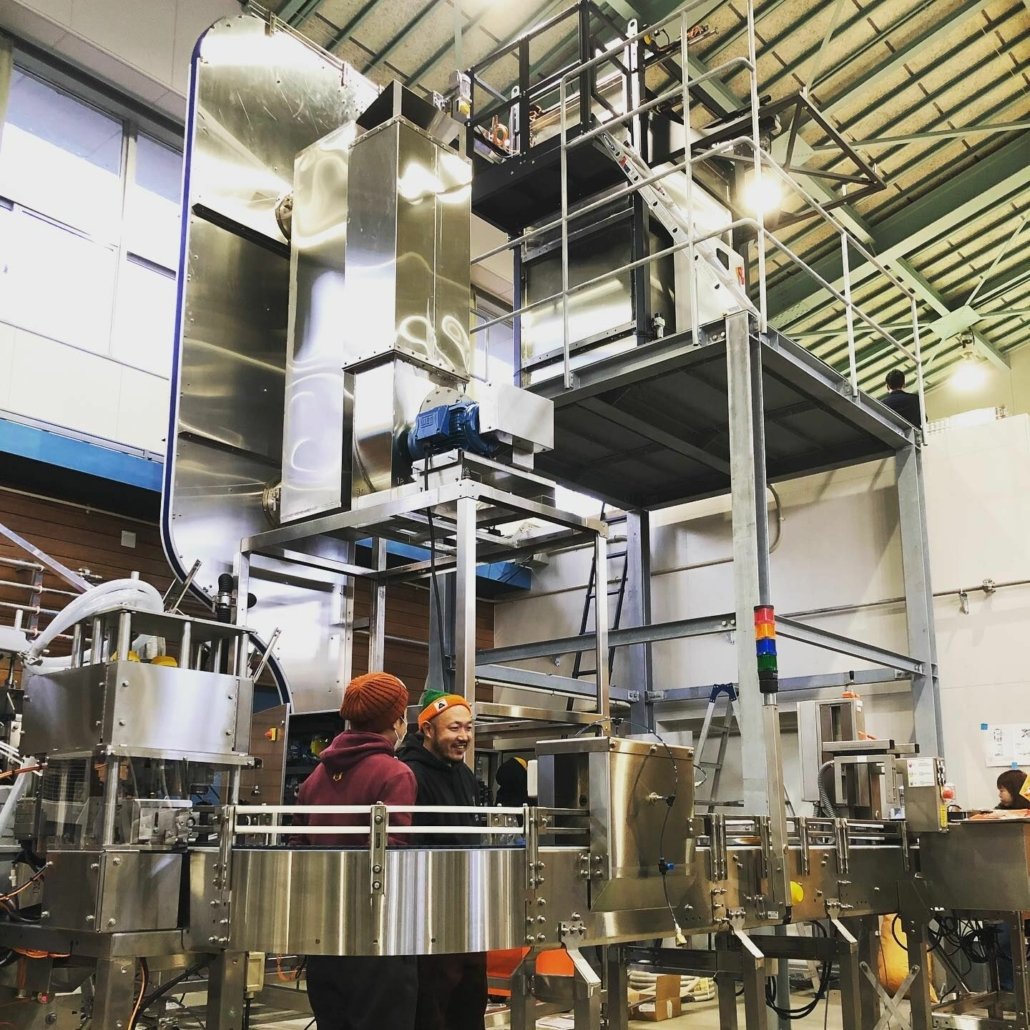
The Brewing Process with Fermentation Vessels
Brewing starts with combining ingredients like malt, hops, and water. After the mashing and boiling stages, the wort is transferred to a fermentation vessel. Here, yeast is added, and the real magic begins. Over several days or weeks, the yeast ferments the sugars, producing alcohol and carbon dioxide.
Fermentation vessels ensure that temperature, pressure, and sanitation are maintained throughout this process. Modern vessels often include features like temperature control jackets, airlocks, and sampling ports for precision brewing. The result? A consistent, high-quality brew every time.
Troubleshooting Common Issues with Beer Fermenters
Even with the best fermentation vessel, problems can arise. Here’s how to address common issues:
- Temperature Fluctuations: If your vessel lacks proper insulation or temperature controls, the yeast may struggle, leading to off-flavors. Consider upgrading to a vessel with built-in temperature regulation.
- Leaks or Contamination: Improper seals or poorly sanitized equipment can allow bacteria or oxygen to enter. Regular maintenance and thorough cleaning are essential.
- Pressure Build-Up: In closed fermenters, gas build-up can be dangerous. Always ensure pressure-release mechanisms are functioning properly.
- Stuck Fermentation: When fermentation halts prematurely, check yeast health, sugar content, and temperature to identify the culprit.
By addressing these issues proactively, you can minimize disruptions and keep your brewing process on track.
Choosing the Right Fermentation Vessel
Selecting the ideal fermentation vessel depends on factors like capacity, material, and purpose. Let’s break it down in a detailed table:
| Parameter | Details |
|---|---|
| Capacity | Ranges from 1-gallon homebrew kits to 30,000-gallon industrial tanks. Choose based on your scale. |
| Material | Stainless steel, glass, plastic, and wood each have pros and cons, discussed further below. |
| Design | Options include conical, cylindrical, and open-top designs for different needs. |
| Customization | Features like sampling ports, pressure valves, and cooling jackets can enhance functionality. |
Understanding these parameters will help you make an informed choice tailored to your brewing requirements.
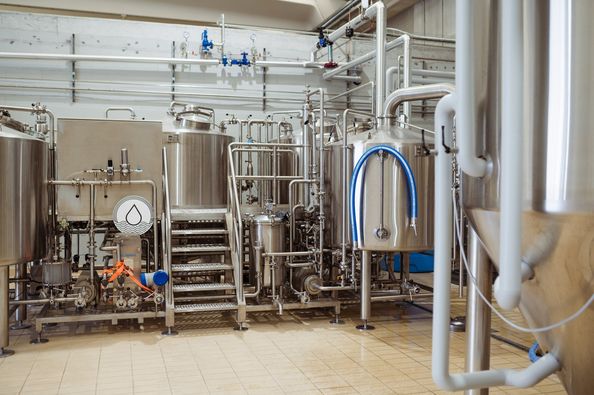
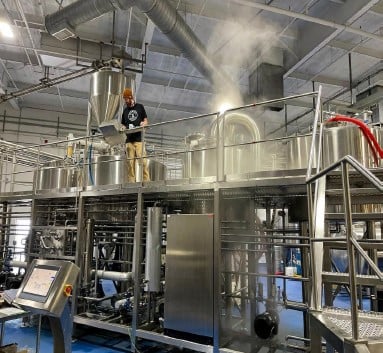
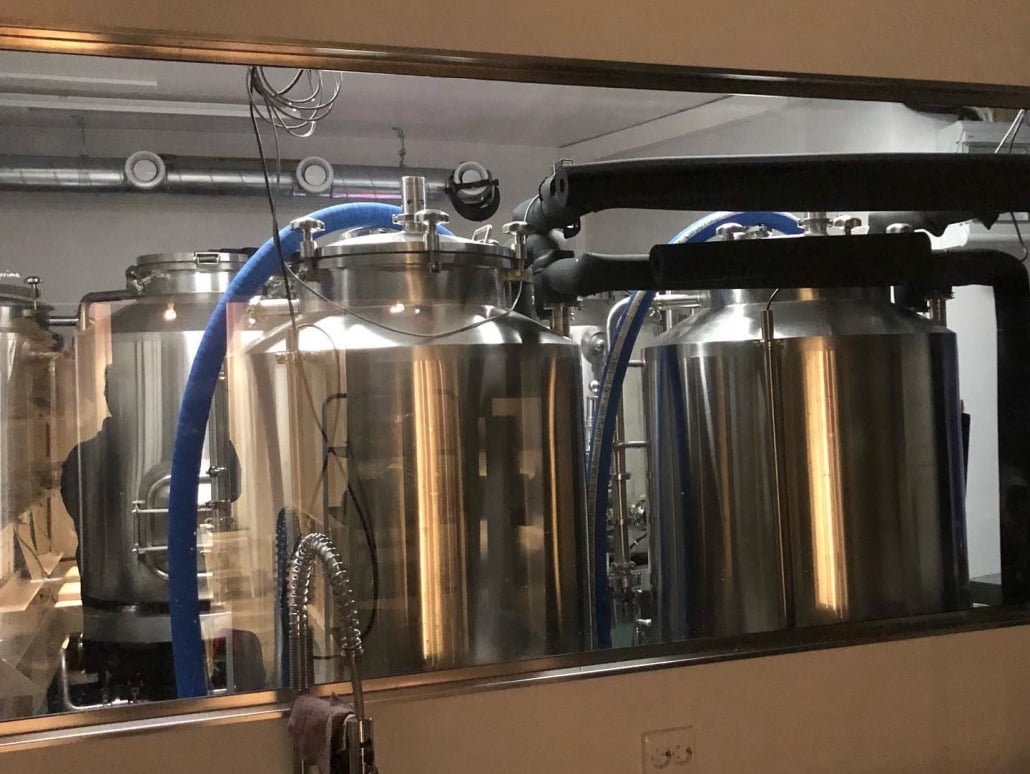

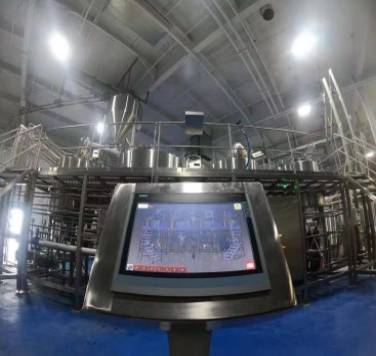
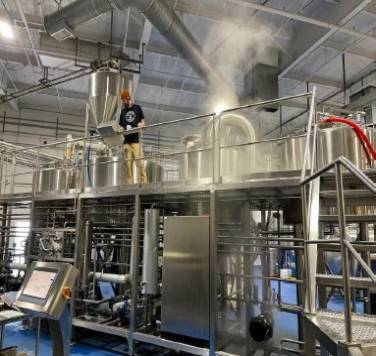
Comparing Materials: Pros and Cons
| Material | Advantages | Limitations |
|---|---|---|
| Stainless Steel | Durable, easy to clean, offers temperature control, resists contamination. | High initial cost, heavy weight. |
| Glass | Non-porous, visually appealing, doesn’t affect taste. | Fragile, limited size availability, requires extra care. |
| Plastic | Affordable, lightweight, and widely available. | Prone to scratches, absorbs odors, less durable. |
| Wood | Adds unique flavors, traditional aesthetic. | Difficult to sanitize, susceptible to leaks, costly maintenance. |
Each material serves specific needs, making it important to weigh the pros and cons carefully.
Installation, Operation, and Maintenance
| Aspect | Details |
|---|---|
| Installation | Ensure proper placement, secure seals, and connect necessary equipment like airlocks or hoses. |
| Operation | Monitor temperature, pressure, and yeast activity throughout fermentation. |
| Maintenance | Clean and sanitize after each use, check for wear and tear, and replace faulty components. |
By following these guidelines, you can extend the life of your fermentation vessel and maintain consistent production quality.
Suppliers and Price Ranges
| Supplier | Price Range | Special Features |
|---|---|---|
| FermentoTech | $500 – $15,000 | Customizable stainless steel tanks with cooling systems. |
| Homebrew Haven | $50 – $500 | Affordable glass and plastic fermenters for hobbyists. |
| OakCraft Industries | $2,000 – $20,000 | High-quality wooden barrels for artisanal fermentation. |
| BrewMaster Pro | $1,000 – $25,000 | Industrial-grade fermenters with advanced automation options. |
Prices vary widely depending on material, capacity, and additional features, so it’s essential to align your budget with your requirements.
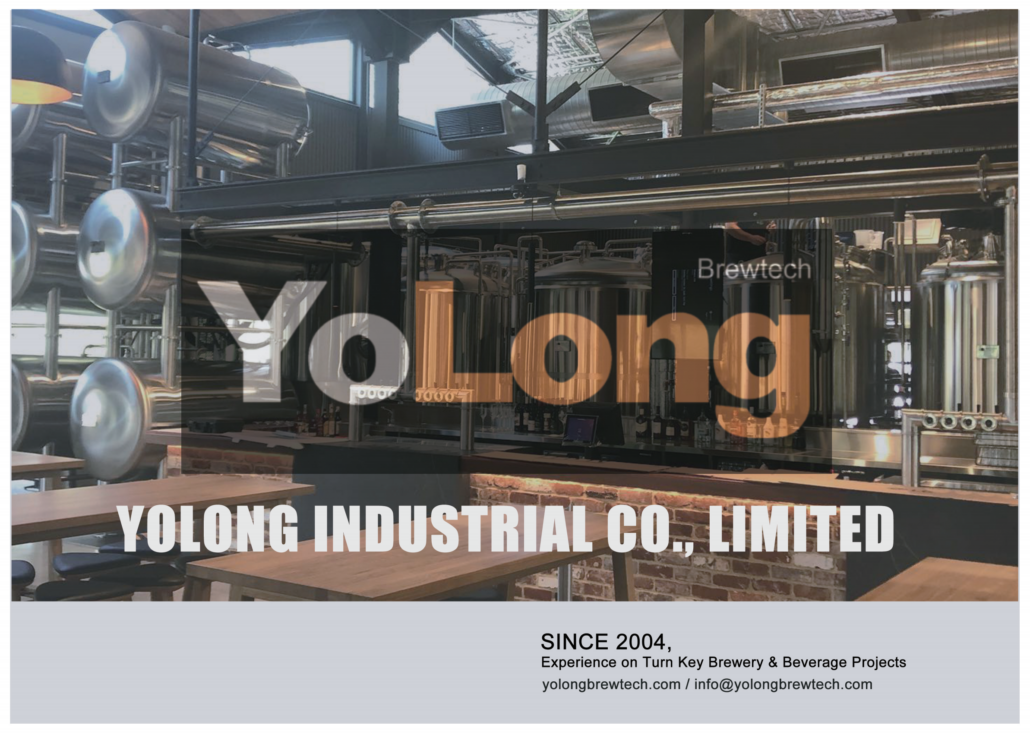
How to Choose a Supplier
When selecting a supplier, consider the following:
- Reputation: Look for customer reviews and industry endorsements.
- Customization Options: Does the supplier offer tailored solutions?
- Support Services: Installation, training, and after-sales support are invaluable.
- Warranty: Ensure the product is backed by a solid warranty.
Partnering with the right supplier can make a significant difference in your brewing experience.
FAQ
| Question | Answer |
|---|---|
| What is the best material for a fermentation vessel? | Stainless steel is often preferred for durability and ease of cleaning. |
| How do I clean a fermentation vessel? | Use a non-abrasive cleaner, rinse thoroughly, and sanitize before use. |
| Can I use plastic fermenters for beer brewing? | Yes, but they may absorb odors and are prone to scratches over time. |
| What size fermentation vessel do I need? | Choose based on your batch size; allow extra space for foam and expansion. |
| How do I prevent contamination? | Maintain strict hygiene, sanitize thoroughly, and avoid exposure to air. |
This comprehensive guide to fermentation vessels provides the insights you need to make informed decisions, troubleshoot problems, and optimize your brewing process. With the right equipment and practices, you can elevate your fermentation projects to new heights. Cheers to perfect brews and flawless ferments!
Frequently Asked Questions (FAQ)
- Q1: What vessel geometry maximizes yeast performance and clarity?
A1: Cylindroconical fermenters (60–70° cone) improve yeast cropping and compact trub, enabling cleaner transfers and faster tank turns compared to flat-bottom tanks. - Q2: How much headspace should a Fermentation Vessel have?
A2: Allocate 15–20% headspace above cold-fill volume to accommodate krausen and CO2 evolution; high-gravity or heavily dry-hopped beers may need 20–25%. - Q3: What pressure rating is recommended for modern unitanks?
A3: 30 psi (2 bar) working pressure with certified PRVs supports spunding, closed transfers, and carbonation without a separate brite tank. - Q4: Which sensors add the most value for control and consistency?
A4: Jacketed temperature RTDs per zone, inline/at-line DO and VDK monitoring, and density (°P) sensing enable predictive endpoints and reduce variability. - Q5: How do I size glycol jackets and chillers for my vessels?
A5: Target 1.5–2.0 kW of cooling per active 10 hL FV during peak fermentation, with multi-zone jackets (cone + lower/upper body) and a chiller sized for simultaneous peak load plus 10–20% margin.
2025 Industry Trends: Fermentation Vessel
- Pressure-capable unitanks as standard: 30 psi ratings with validated PRVs to accelerate turns and reduce CO2 purchases via spunding.
- Sensor-led fermentation: Wider deployment of inline density/DO and real-time VDK to automate diacetyl rests and harvest timing.
- Oxygen-minimized cold side: Closed dry-hop systems and purge verification lower TPO, extending shelf life for hop-forward brands.
- CIP optimization: Riboflavin-validated spray coverage, rotational heads, and shortened chem cycles cut water and energy per hL.
- Sustainability and materials: Higher recycled-content stainless and improved insulation reduce embodied and operational carbon.
2025 Benchmarks for Fermentation Vessel Performance
| Metric / Spec | 2023 Typical | 2025 Target/Best Practice | Why it Matters | Sources |
|---|---|---|---|---|
| Temp stability (FV jacket control) | ±1–2°C | ±0.3–0.7°C | Flavor consistency, yeast health | MBAA, ASBC |
| Tank residency (ales, days) | 10–14 | 7–10 | Capacity gain without new tanks | BA benchmarking |
| Tank residency (lagers, days) | 21–30 | 14–21 (with pressure) | Faster turns, quality maintained | MBAA case data |
| Post-transfer DO to FV (ppb) | 80–150 | 20–50 | Shelf life and aroma retention | ASBC DO/TPO |
| Water per FV CIP (L/hL beer) | 0.7–1.0 | 0.4–0.6 | Utility savings, sustainability | Brewers Association Sustainability |
| Unitank working pressure (psi) | 15–20 | 30 | Supports spunding and closed transfers | BA/MBAA guidance |
Selected references: Brewers Association — https://www.brewersassociation.org; American Society of Brewing Chemists — https://www.asbcnet.org; Master Brewers Association of the Americas — https://www.mbaa.com
Latest Research Cases
Case Study 1: Pressure Fermentation Accelerates Lager Turnaround (2025)
Background: A mid-size brewery needed more capacity without adding vessels.
Solution: Upgraded unitanks to 30 psi working pressure; implemented spunding at 1.6–2.0 vol CO2 and fully closed transfers.
Results: Lager residency cut from 25 to 18 days; CO2 purchases reduced 27%; packaged TPO fell to 20–35 ppb; throughput improved 16% with no sensory penalties.
Case Study 2: Inline Density and VDK Monitoring Stabilize Endpoints (2024)
Background: Inconsistent attenuation and diacetyl rest timing caused variable release dates.
Solution: Added inline oscillating U-tube density and at-line VDK analysis with PLC-driven temp ramps and harvest alerts.
Results: Endpoint variance down 55%; ale fermentation time reduced by 1.1 days on average; dump rate decreased from 1.2% to 0.4% over two quarters.
Expert Opinions
- Dr. Tom Shellhammer, Professor, Oregon State University
Viewpoint: “Thermal stability and oxygen control inside the Fermentation Vessel drive the biggest gains in hop flavor stability and shelf life.” - Mary Pellettieri, Brewing Quality Consultant; Author
Viewpoint: “Specify hygienic design—surface finish, weld quality, and validated CIP—so your vessels clean quickly and microbiology stays predictable.” - Chris White, PhD, Founder/CEO, White Labs
Viewpoint: “Yeast health is capacity. Correct pitch rates, oxygenation, and timely cone cropping extend performance over multiple generations.”
Practical Tools/Resources
- ASBC Methods of Analysis (DO/TPO, VDK, fermentation metrics) — https://www.asbcnet.org
- Brewers Association: Cellar best practices and sustainability manuals — https://www.brewersassociation.org
- MBAA Technical Quarterly and webinars on fermentation control — https://www.mbaa.com
- OPC Foundation (OPC UA) for integrating vessel sensors/PLCs — https://opcfoundation.org
- White Labs pitch rate calculators and yeast management guides — https://www.whitelabs.com
Last updated: 2025-09-01
Changelog: Added 5 FAQs tailored to Fermentation Vessel geometry, headspace, pressure ratings, sensors, and glycol sizing; introduced 2025 trends with benchmark table and authoritative sources; provided two case studies on pressure fermentation and inline monitoring; added expert viewpoints and practical resources
Next review date & triggers: 2026-02-15 or earlier if BA/ASBC/MBAA guidance updates, new low-TPO packaging data emerges, or inline VDK sensing becomes standard practice
Share this entry
Interested in learning more about Brewing Systems including additional details and pricing information? Please use the form below to contact us!
YOLONG BREWERY EQUIPMENT FAQS
- Commercial Brewery / Craft Brewery / Microbrewery / Nanobrewery
- What is The Difference Between Craft Beer and Industrial Beer?
- The Bespoke Differences In Custom Brewing Systems
- Everything You Need to Know About Kettle Souring
- How to Choose Brewing Equipment for Your business?
- How To Choose The-Best Partner To Build Your Commercial Microbrewing System?
- Two Detection Sensors That You Need To Use In Your Brewhouse System
- Remote Control Applications in Brewing Equipment/How does it work?
- How To Clean Your Brand New Brewery Tanks?

